BCAAs Promote Muscle Repair, and These 10 Foods Make Great Sources
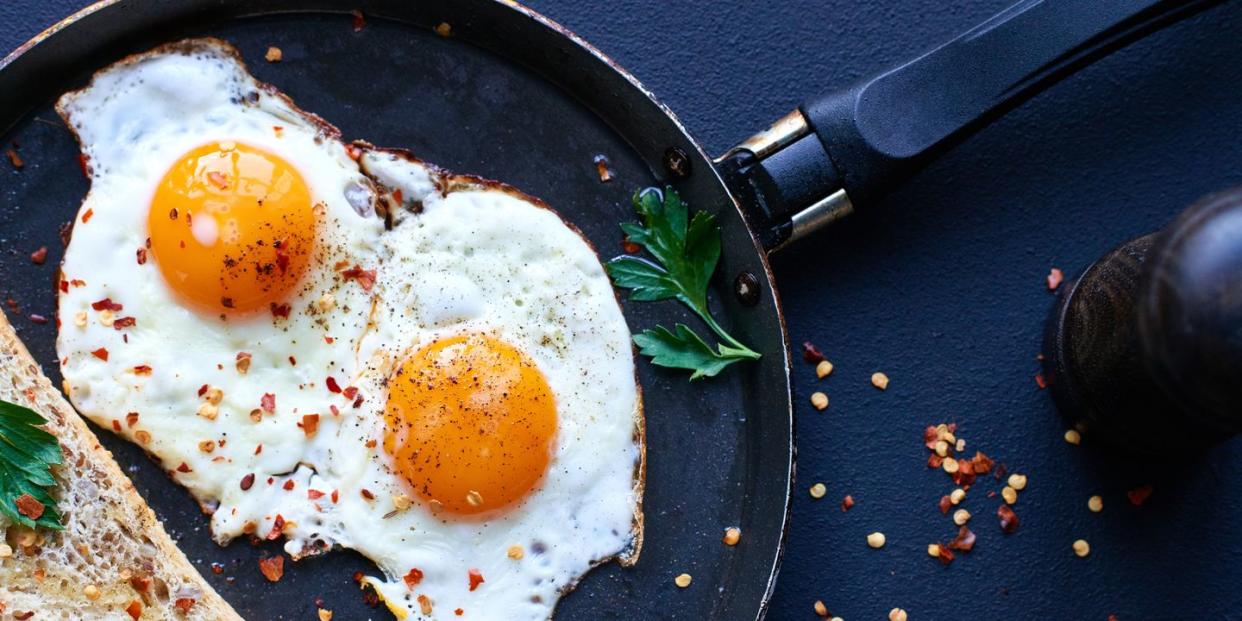
Branched-chain amino acids (BCAAs) boast a unique ability to promote muscle repair and growth and even decrease muscle soreness and increase power output, which is why some of us include BCAA supplements in our nutrition regimen. But many don’t realize that it’s actually incredibly easy to get adequate BCAAs through common whole food sources.
So we tapped two registered dietitians, Melissa Majumdar, M.S., R.D., national media spokesperson for the Academy of Nutrition and Dietetics, and Leslie Bonci, R.D.N., C.S.S.D., owner of Active Eating Advice by Leslie, for the ins and outs of BCAAs and tips to ditch the powders and supplements.
What are BCAAs?
There are three BCAAs: valine, leucine, and isoleucine. These three amino acids are considered “essential” because the body cannot make them on its own, so you must get them from foods or supplements.
But before we go any further, here’s a quick reminder about what amino acids are and what they do. As Runner’s World previously reported, “amino acids are the building blocks of protein, which helps your body build muscle, repair muscle damage, and regulate immune function.”
“The ‘branched’ part describes the chemical shape [of the amino acid], which impacts how they are digested, absorbed, and used in the body,” Majumdar says. “BCAAs can slow the breakdown of muscle protein during exercise by serving as an energy source—they also help build new muscle.”
This is especially helpful for endurance athletes who tend to use a small amount of protein for fuel during long-distance rides. Bonci also adds that BCAAs play a role in decreasing feelings of soreness, and they may potentially mitigate fatigue during exercise.
Join Bicycling today for more nutrition tips!
How to Get BCAAs
From pills to powders to waters, there are a ton of BCAA supplements on the market. Rather than buying expensive—and often unnecessary—supplements, Majumdar recommends seeking out whole food sources of BCAAs. “It is better to consume food sources of protein to get a mix of the necessary amino acids, versus only taking in three amino acids in supplement form,” she says.
All animal proteins are “complete proteins,” meaning they contain all nine essential amino acids, including the BCAAs. Although most plant-based proteins aren’t complete, plant-based eaters can combine protein sources at meals to get all nine essential amino acids (think: rice and beans or hummus and whole wheat pita).
“The majority of Americans exceed their protein needs, and are therefore eating plenty of BCAAs,” Majumdar says.
Majumdar also notes that it’s necessary to consume all nine essential amino acids for muscle synthesis. Bonci adds that muscles need protein as well as carbohydrates for energy and recovery. BCAA supplements usually don’t include carbohydrates, so Bonci recommends choosing recovery foods that supply both protein and carbohydrates.
Whole Food Sources of BCAAs
To ditch the expensive supplements and turn to whole food sources of BCAAs, start by incorporating these 10 BCAA foods. They have all three BCAAs—leucine, isoleucine, and valine—making them an integral part of your diet and workout recovery.
*Nutrition stats were pulled from the USDA Nutrient Database.
1. Poultry
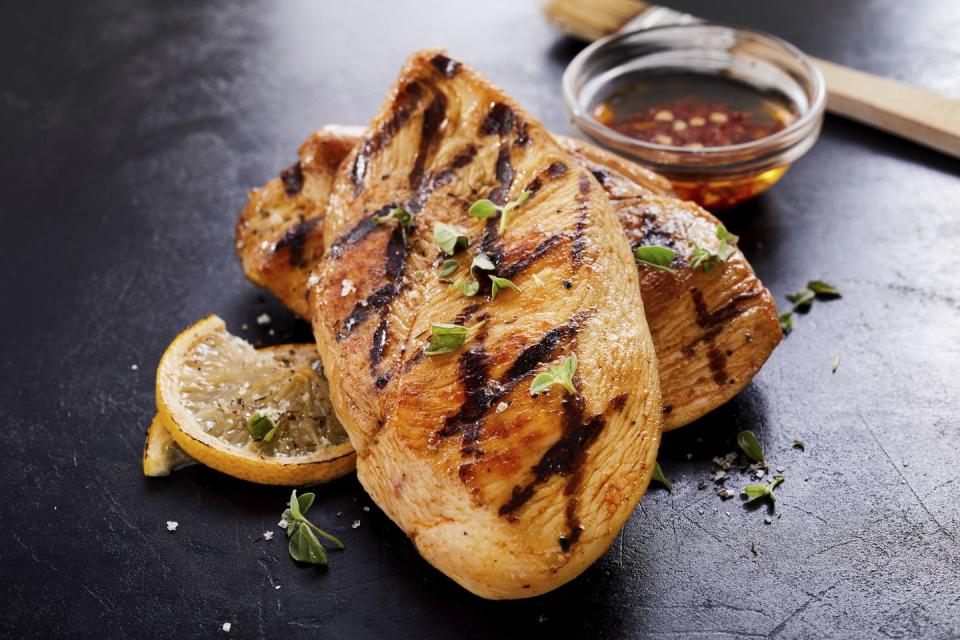
Both turkey and chicken contain all three BCAA and are good sources of lean protein for muscle repair. Just 3 ounces of poultry serves up about 20 grams of protein. Both chicken and turkey are all-purpose proteins that work well in basically many dishes.
2. Salmon
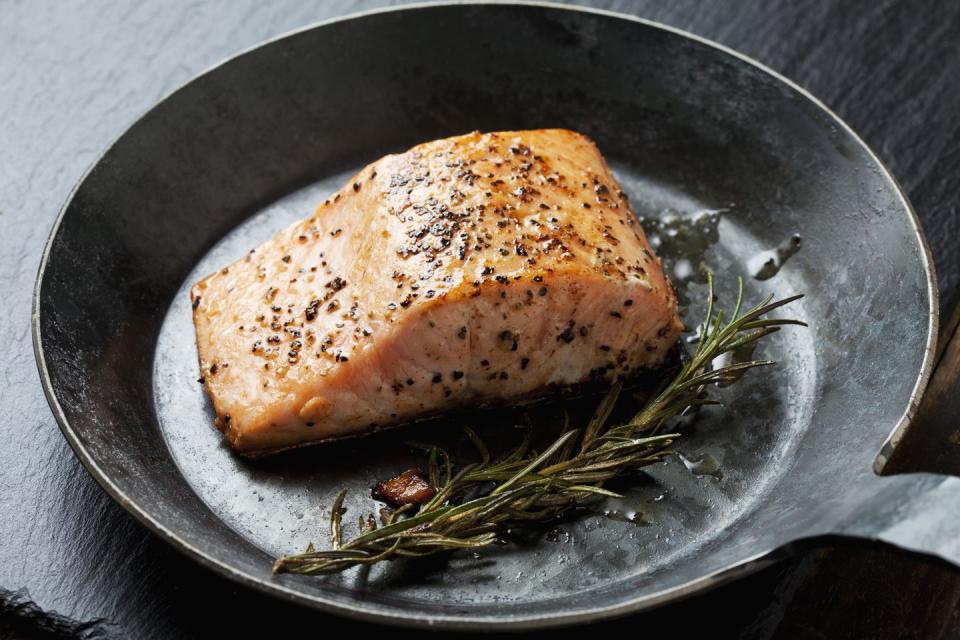
Not only does salmon contain BCAAs, but it’s also a good source of two important forms of omega-3: eicosapentaenoic acid (EPA), and docosahexaenoic acid (DHA). These good fats have been linked to a variety of benefits, like boosting heart and brain health, reducing muscle soreness, and increasing oxygen uptake. The good news is that it’s easy to cook up a piece of salmon with a simple marinade, like olive oil and lemon juice.
3. Milk
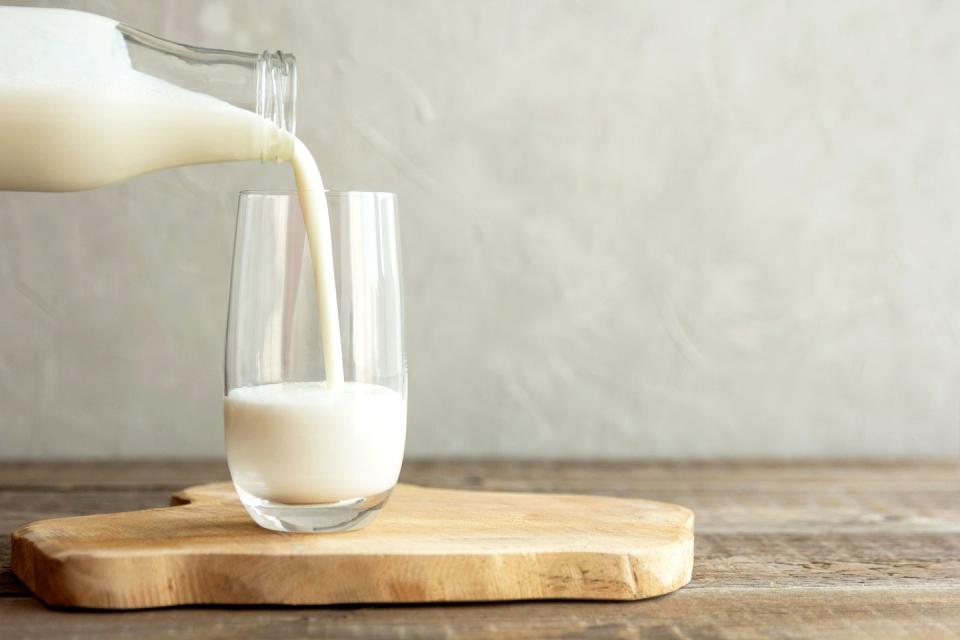
A glass of post-ride chocolate milk is beneficial for recovery because it has a 3:1 carb to protein ratio and all of the BCAAs. Plus, milk contains nine essential amino acids, including bone-protecting calcium and vitamin D. If you’re not keen on drinking a glass of milk, add it to a smoothie or bowl of post-ride oatmeal.
4. Eggs
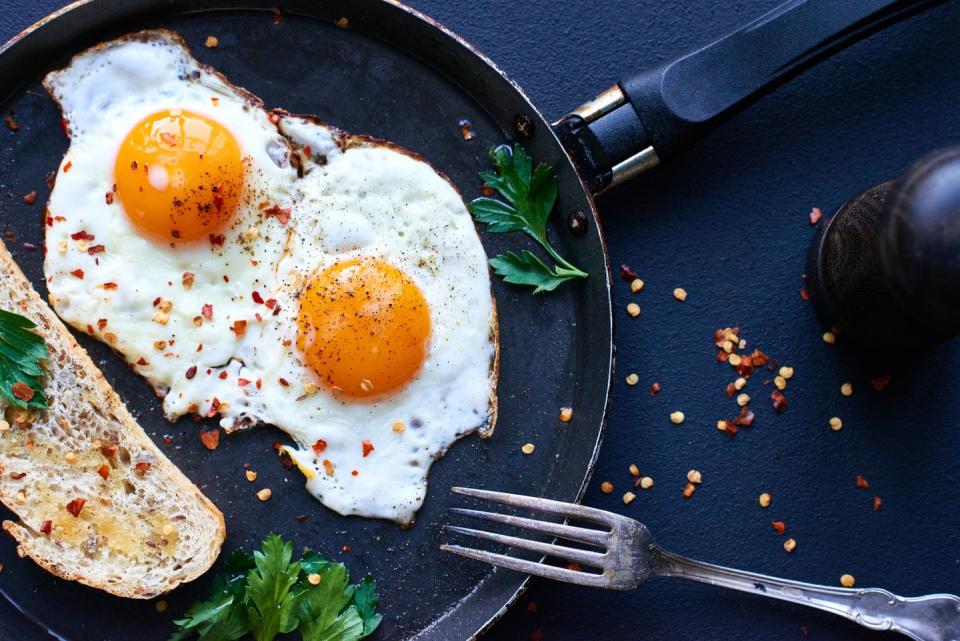
With 6 grams of protein per large egg and all the BCAAs, eggs are a quick and easy post-workout recovery option. They are also one of the few sources of vitamin D, and they contain lutein and zeaxanthin, two antioxidants known for their roles in eye health. Whip up a quick post-ride frittata or scrambled egg to satisfy your appetite.
5. Tuna
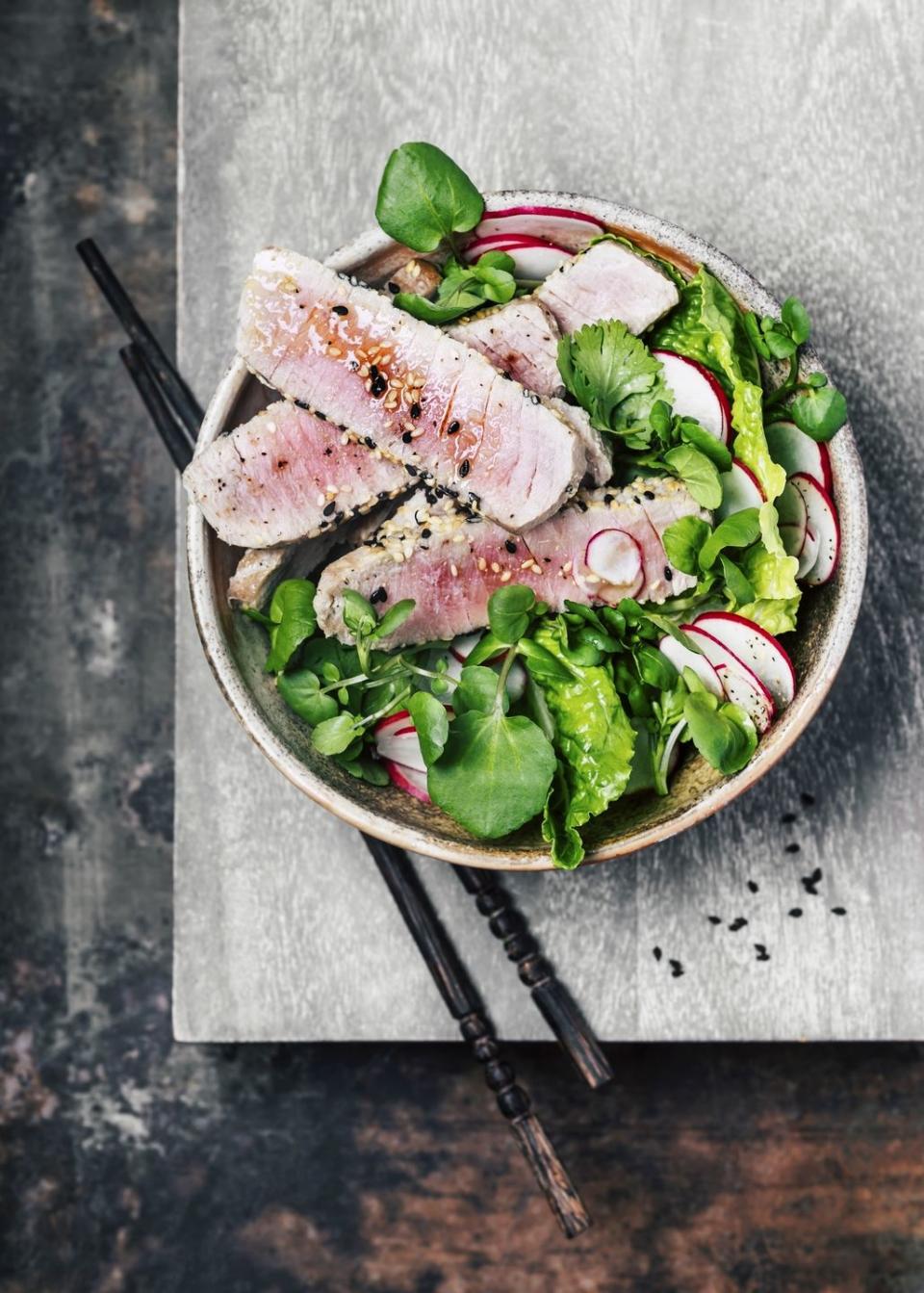
Another fatty fish with loads of omega-3 and protein, tuna is also a good source of BCAAs. If cooking tuna is intimidating, stock up on canned tuna for an affordable post-ride protein option.
For Plant-Based Eaters:
6. Tofu
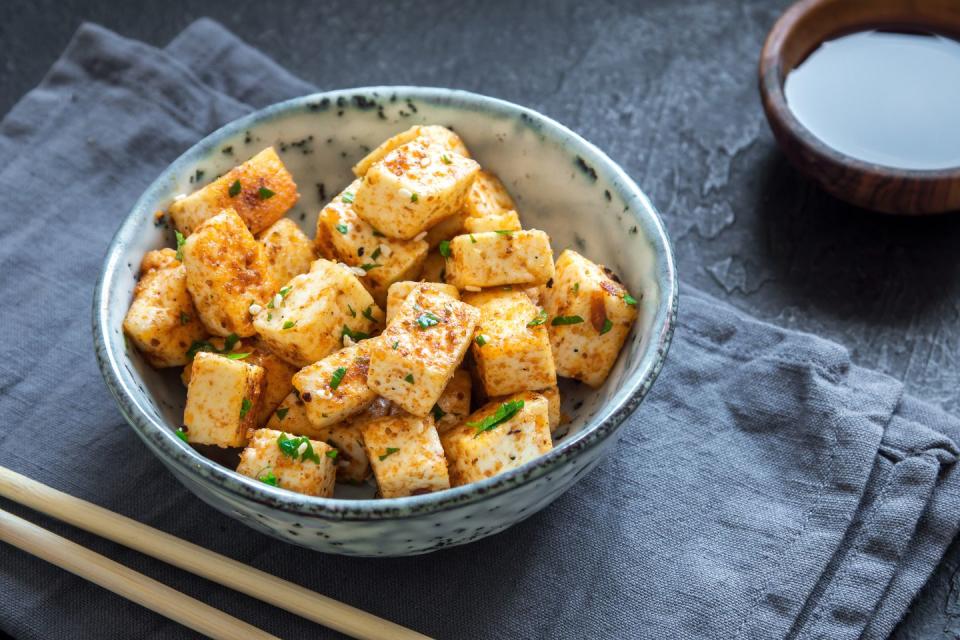
Tofu is one of the few “complete” meatless proteins, meaning it contains all nine essential amino acids. Tofu also doubles as a source of non-dairy calcium. Since tofu takes on the flavor of virtually any marinade, try adding it to your favorite stir-fry recipe.
7. Quinoa
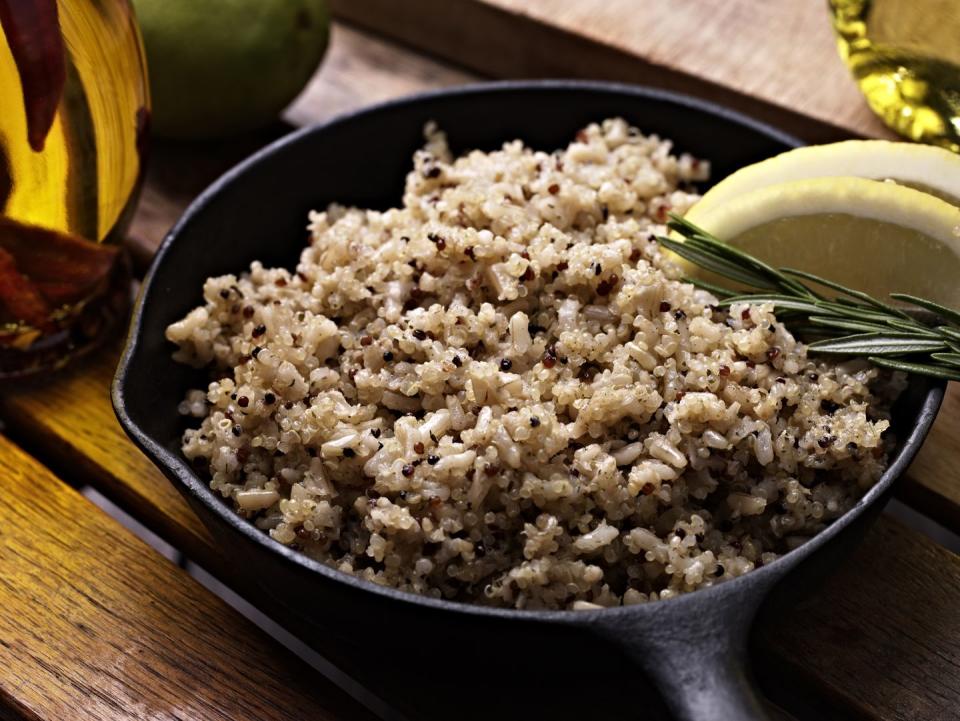
Besides tofu, quinoa is one of the only other plant-based proteins with all the amino acids. A cup cooked has 8 grams of protein, and it’s a versatile grain that can be used in everything from soups to salads to porridge.
8. Red Lentils
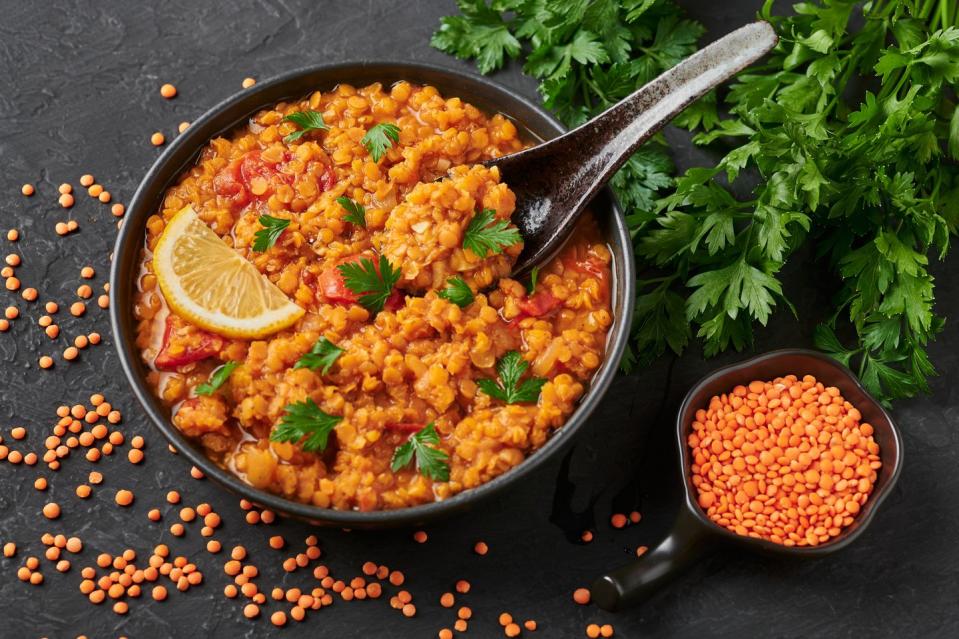
Red lentils are thinner and softer than the brown variety, and they contain all three BCAAs, 22 grams of protein, and 10 grams of fiber. Red lentils cook into a creamy consistency in about 20 minutes, and are the perfect base for stews and dal (a lentil curry dish that originates from India).
9. Hemp Seeds
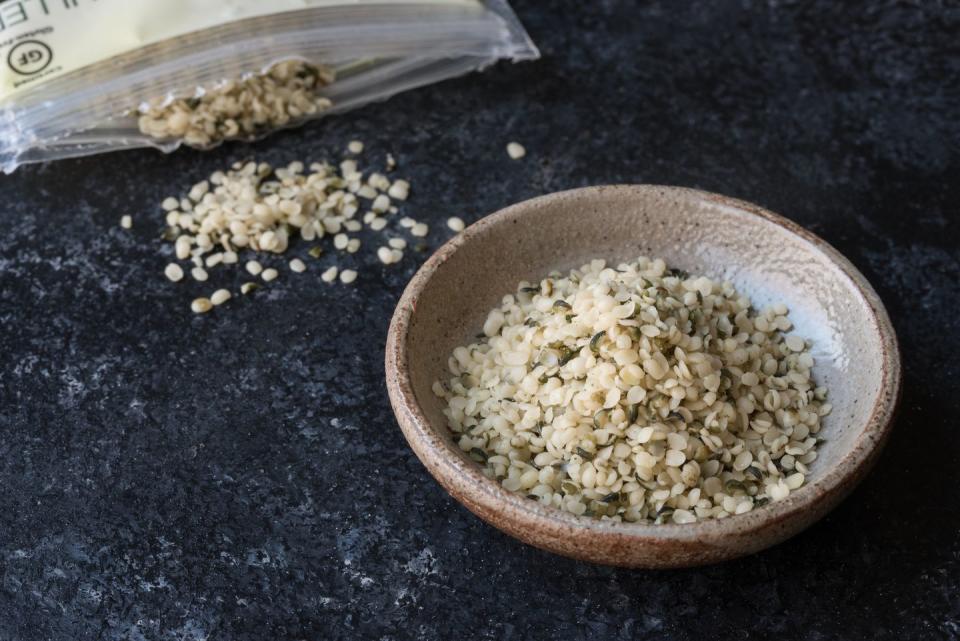
This soft seed has BCAAs iron, zinc, magnesium, and omega-3s. Three tablespoons provides 10 grams of plant-based protein. Hemp seeds add a nice bite to avocado toast, salads, or smoothie bowls.
10. Peanuts
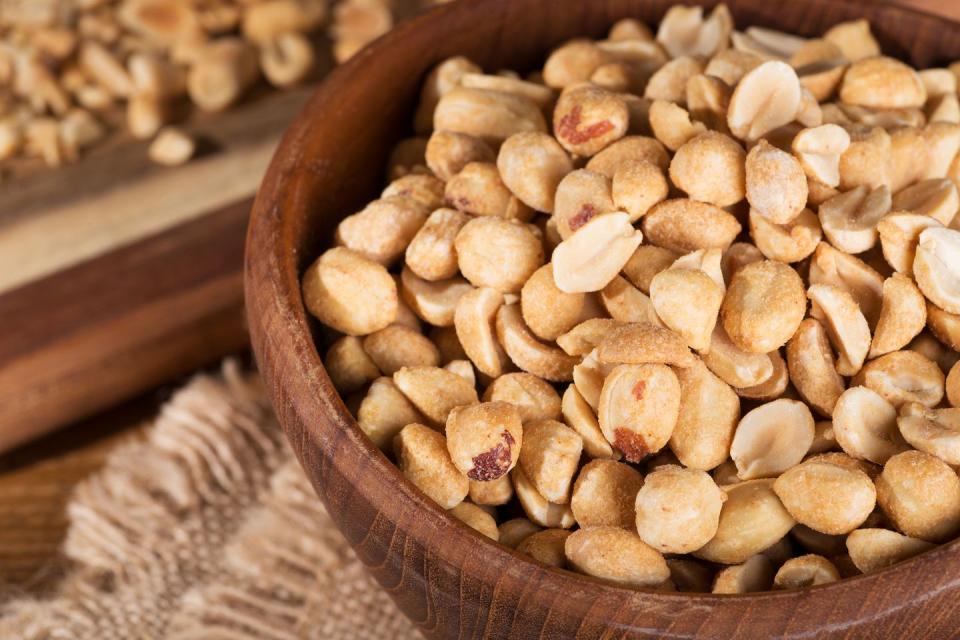
Peanuts are actually considered a legume (not a nut), and they contain all the BCAAs. You can find peanuts in various forms, such as whole, peanut butter, or peanut powder. Whatever type of peanuts you choose, look at the ingredients to ensure it’s just peanuts and salt without any other additives.
You Might Also Like

